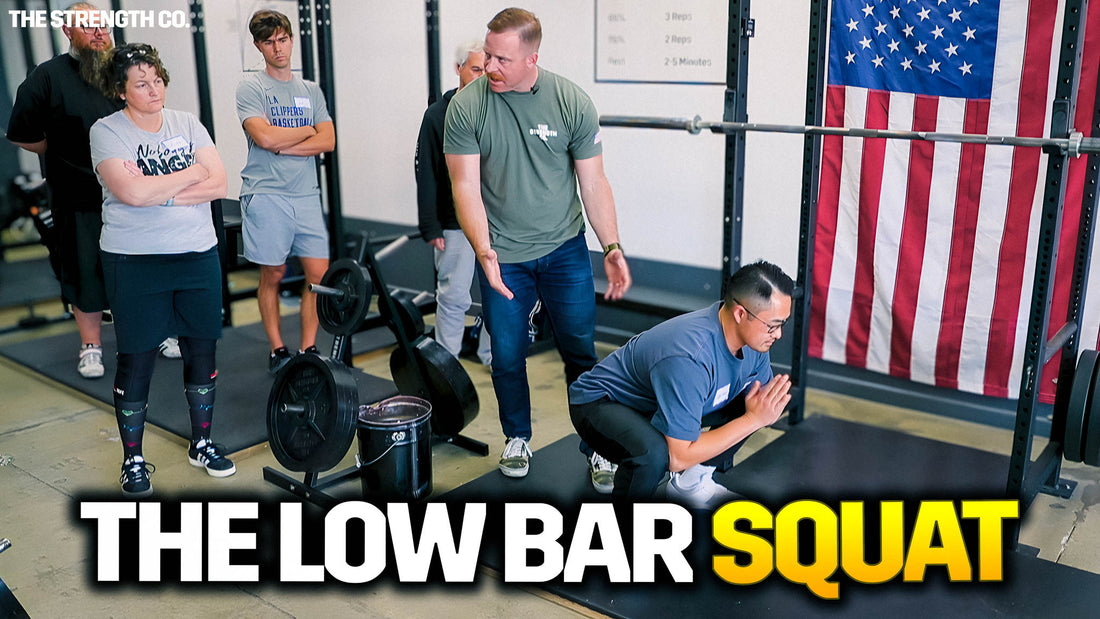Starting Strength Coach Grant Broggi teaches beginner lifters the barbell squat at his training camp at The Strength Co. Gym in Costa Mesa, California.
Mastering the Low Bar Squat: A Comprehensive Guide
Introduction to the Squat Stance
The journey to a perfect squat begins with the stance. Ideally, your heels should align under your shoulders with toes pointed out about 30 degrees. This positioning is crucial as it sets the foundation for a strong and effective squat.
Achieving the Bottom Position
Once in stance, the next step is to enter the bottom position of the squat. This can be practiced by mimicking a prayer position, squatting down, and using your elbows to push your knees outwards. This position emphasizes the importance of the hip crease being just below the top of the knee. It's essential for the squatter to maintain a balance over the midfoot, with knees tracking over the toes, and achieving a depth at or just below parallel.
Focus on Hip Drive
One common mistake for beginners is the urge to stand up quickly by lifting the chest first, which can lead to an imbalanced squat and underutilization of major muscle groups like the hamstrings, glutes, and adductors. Instead, focus should be on driving the hips upward first, maintaining a consistent back angle to engage the maximum amount of muscle mass.
Bar Position and Setup
The low bar position is another critical aspect of squatting effectively. The bar should rest just below the spine of the scapula, creating a 'shelf' with the help of tightened upper back muscles. This position not only helps in maintaining a horizontal back angle but also reduces the load on the knees, making the squat more efficient.
Executing the Squat
With the bar correctly positioned, the lifter should stand up straight out of the rack, step back, and assume the squat stance again. The descent should be controlled, with a continuous outward push of the knees. The ascent should be led by the hips, pushing upwards while keeping the chest in line with the hips to ensure the back angle remains constant.
Racking Safely
Finally, after completing the set, it’s important to safely return the bar to the rack. The lifter should walk straight forward until the bar meets the rack, and then squat down to place it securely. Setting the correct height for the J-hooks beforehand ensures a smooth re-racking process without the need to adjust your stance or search for the hooks.By focusing on these key elements, lifters can effectively perform the low bar squat, maximizing strength gains and minimizing the risk of injury.
